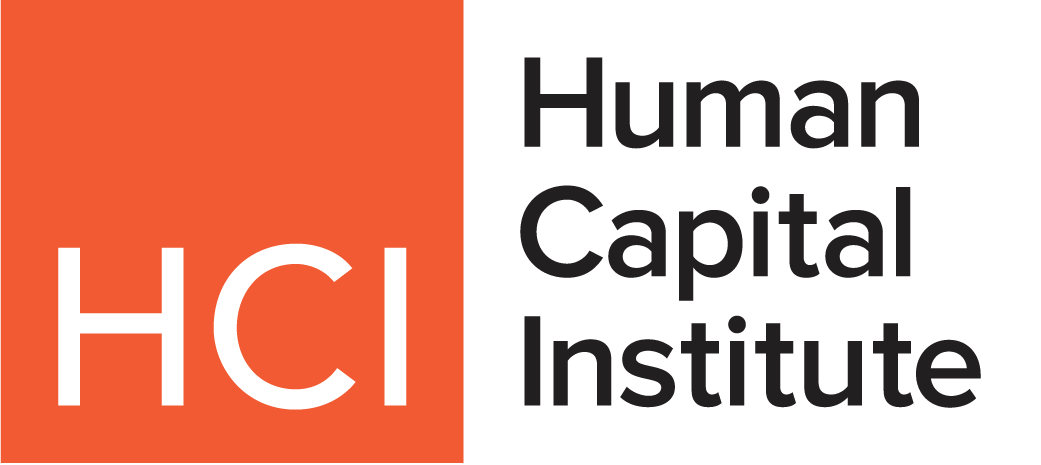A recent survey of nearly 4,000 employees found that 97% of workers in mentally healthy workplaces feel a sense of belonging compared to just 9% in unhealthy ones.
Yet more than 70% of Gen Z and nearly 60% of Millennials rate their workplace health as “unhealthy.” About three in four U.S. employees say work stress disrupts their sleep, but fewer than half report that their employer fosters transparent communication or supports managers in addressing well-being.
These gaps underscore why mental health must be prioritized as a core HR metric, not just a wellness add-on.
What Traditional KPIs Miss
While conventional dashboards track headcount, absenteeism, and revenue per employee, they miss the behind-the-scenes, psychological indicators that can rear up as large-scale performance issues.
- Burnout-driven turnover: Employees who feel mentally exhausted from teams and companies are twice as likely to leave.
- Reduced team resilience: Stress buildup diminishes collective problem-solving and dampens innovation.
- Hidden productivity losses: Presentism, which is when employees show up but aren’t present mentally, can cost more than absenteeism.
These invisible factors can easily erode organizational ROI without ever being called out in quarterly reviews.
Measuring the Invisible
1. Using Pulse Surveys to Track Emotional Wellness Trends
Frequent, simple check-ins—such as asking employees “how are you really doing?”—surface patterns in mood, stress, and energy levels before they impact performance. Pulse surveys are short, targeted questionnaires delivered regularly, providing real-time insights into employee sentiment and emotional wellness.
Because these surveys are often anonymous and easy to complete, they encourage honest responses and enable organizations to act quickly on emerging issues rather than waiting for annual reviews. For example, pulse surveys typically take less than 10 minutes and are proven to maintain higher engagement rates than long annual surveys, keeping a constant “finger on the organization’s emotional climate.”
2. Analyzing Anonymized Mental Health Data
Organizations can gain valuable insights by examining de-identified data such as therapy usage, Employee Assistance Program (EAP) engagement, and participation in wellness initiatives. This aggregated information allows companies to understand workforce well-being trends, spot correlations with retention and productivity, and make ethical, data-informed decisions without compromising individual privacy.
Thoughtful use of anonymized mental health data enhances the ability to tailor support programs effectively while maintaining employee trust and confidentiality, a critical factor in sustained participation.
3. Modeling the ROI of Mental Health Programs
Investing in mental health initiatives such as mindfulness training, stress coaching, or Employee Assistance Programs delivers demonstrable returns for organizations.
A comprehensive meta-analysis published in the last year demonstrates that employers save an average of $2.30 in health care costs for every $1 invested in behavioral health programs, highlighting significant reductions in overall medical spending attributed to improved mental wellness.
While exact impacts on turnover rates and per-employee investment vary based on program scope and workforce, industry leaders consistently report meaningful improvements in employee retention, engagement, and productivity alongside these financial benefits. Presenting mental health initiatives alongside traditional human capital investments strengthens the business case by demonstrating their role in fostering a healthier, more resilient, and more productive workforce.
Embedding Mental Health Into HR Analytics
To build KPIs that reflect emotional engagement, HR teams can move beyond net promoter or engagement scores and instead consider tracking the following:
- Well‑being index: Average scores from wellness surveys.
- Resilience rating: Employee self‑assessments on coping abilities.
- Early intervention uptake: Percentage of workforce accessing counseling, which correlates to lower long‑term costs.
Mental health as a leadership competency: Include mental wellness in leadership performance reviews. Leadership that addresses team stress and encourages help-seeking contributes to stronger morale and fewer exits.
Integration into performance review cycles: When employees set goals, consider adding mental health checkpoints such as participate in one resilience-building module” or “use meditation resources weekly.” This creates institutional accountability for emotional wellness, not just productivity.
The Role of Counseling in HR Strategy
HR teams can also support access to certified professionals to enhance program effectiveness while maintaining confidentiality and professional standards. Recognizing the value of professional mental health support underscores HR’s commitment to both compliance and employee dignity.
Mental health isn’t supplemental; it’s central to workforce performance. HR professionals who embed psychological safety metrics into KPIs position their organizations to preempt turnover, elevate engagement, and strengthen performance culture.
Start small with pulse surveys or counseling access and escalate to dynamic dashboards capturing emotional engagement. These steps signal that your company values human wellness as much as human capital and that leadership embraces empathy as a hard business asset.
Josh Kruk is the Director of Digital Marketing at Canisius University. With extensive experience in content strategy, website optimization, and user experience (UX), he specializes in driving digital growth through data-driven marketing and SEO. Josh has led large-scale digital initiatives that enhance engagement, improve search visibility, and optimize user journeys. He also explores workforce well-being by connecting education pathways — such as the licensed mental health counselor program at Canisius University — to organizational resilience and leadership development.




